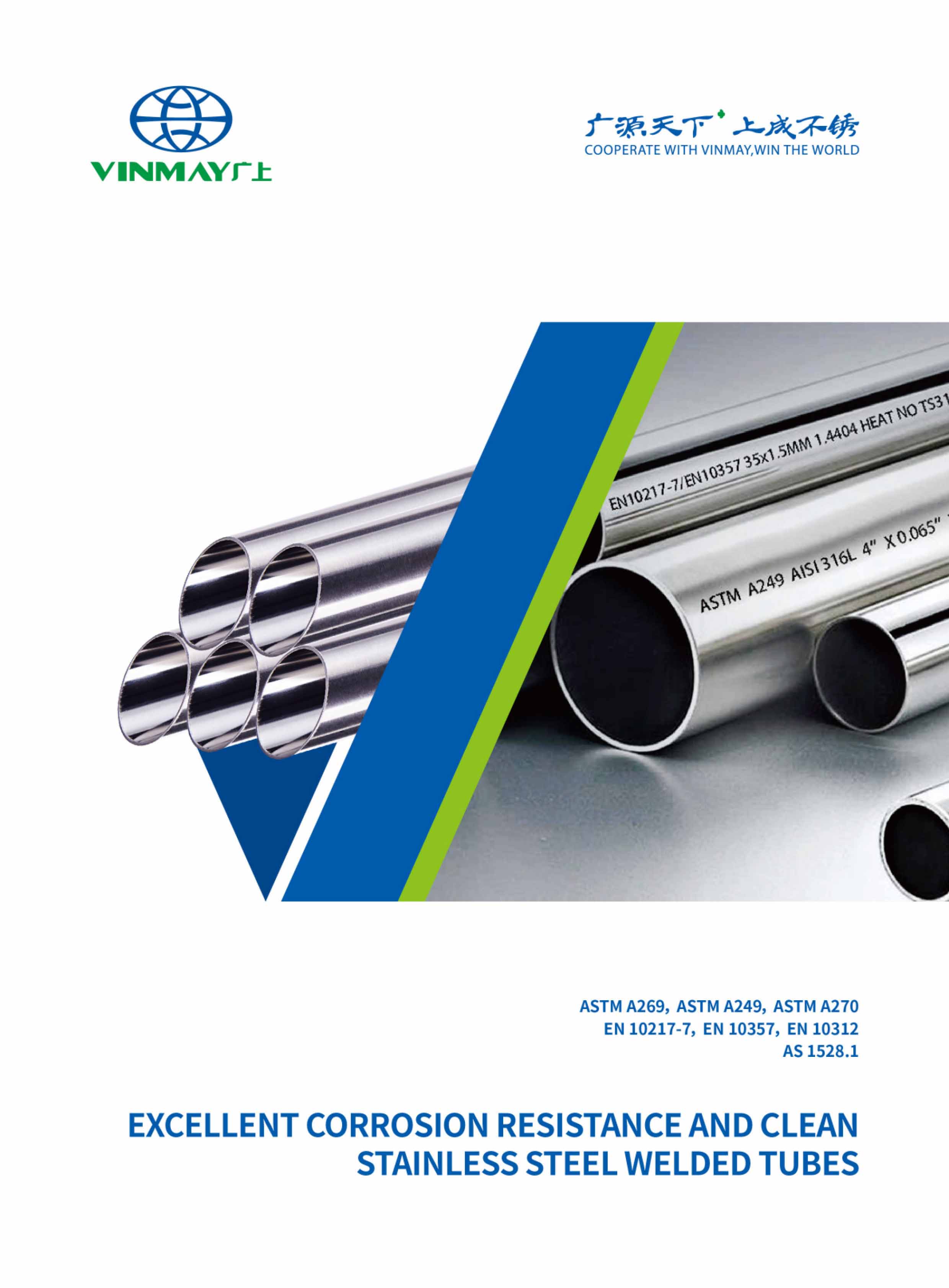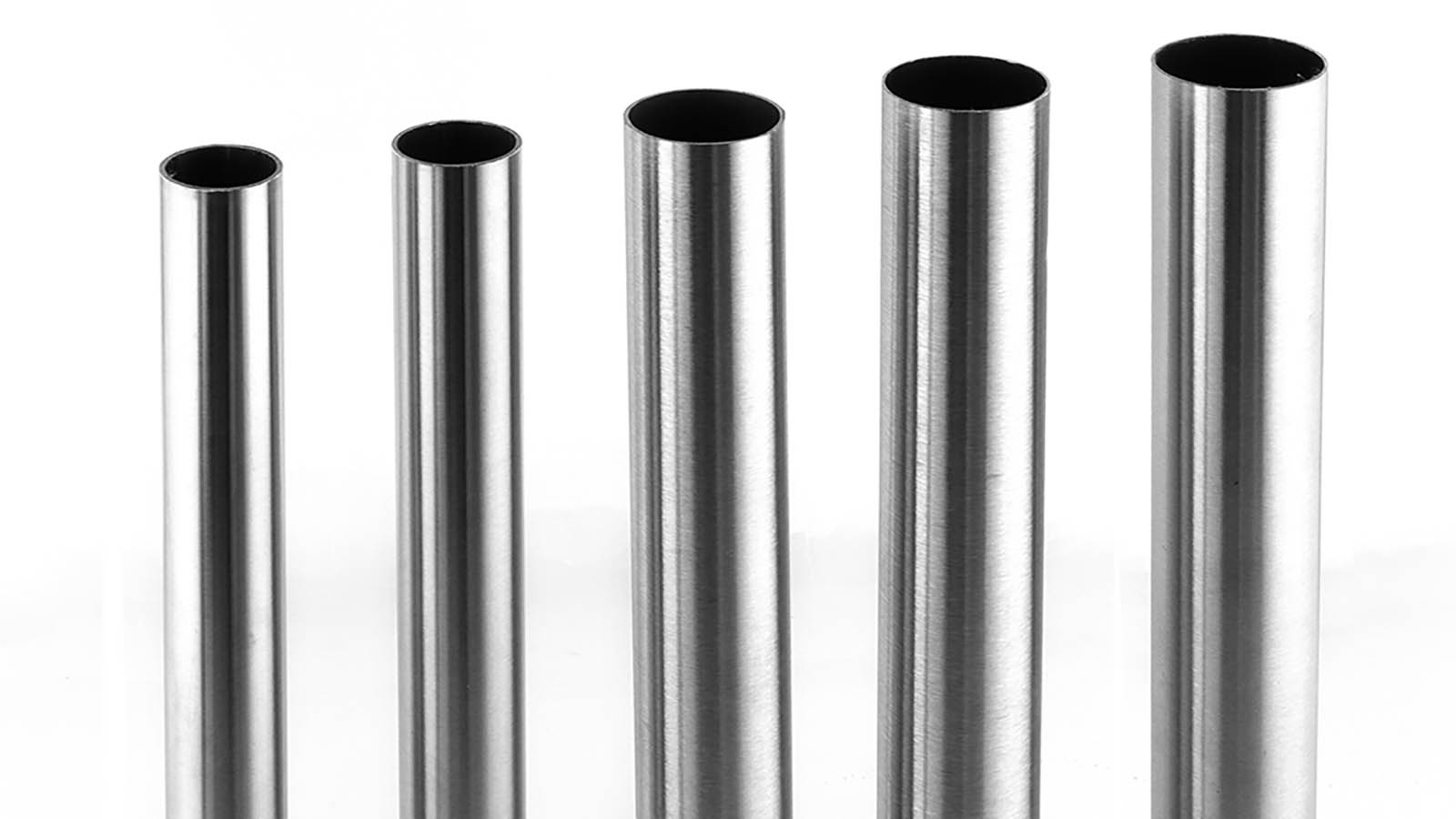
201 stainless steel is an austenitic alloy containing chromium, nickel, and manganese, developed as a cost-effective alternative with good resistance to atmospheric corrosion. Its chemical composition includes carbon, silicon, manganese, chromium, phosphorus, sulfur, nitrogen, and nickel.
Type 201 Stainless Steel can be welded using conventional methods for chromium-nickel steels, with a filler metal of standard chromium-nickel compositions. However, it is susceptible to intergranular corrosion in the weld heat-affected zone.
The surface finishes of 201 stainless steel can vary, and its manufacturing process involves specific welding techniques. Quality control measures are essential in ensuring that the material meets industry standards.
Additionally, considering the environmental impact of the manufacturing process is vital for sustainable production practices.
lement | Composition (%) |
|---|---|
Chromium (Cr) | 16.0–18.0 |
Nickel (Ni) | 3.5–5.5 |
Manganese (Mn) | 5.5–7.5 |
Silicon (Si) | ≤ 1.00 |
Nitrogen (N) | ≤ 0.25 |
Carbon (C) | ≤ 0.15 |
Phosphorus (P) | ≤ 0.06 |
Sulfur (S) | ≤ 0.03 |
Iron (Fe) | Balance |
201 stainless steel is known for its good mechanical properties, which make it suitable for a variety of applications. Here are the typical mechanical properties:
Property | Value |
|---|---|
Tensile Strength | 515–750 MPa (75–108 ksi) |
Yield Strength | 275–450 MPa (40–65 ksi) |
Elongation at Break | 40% |
Hardness | 95–100 HRB |
Modulus of Elasticity | 200 GPa (29,000 ksi) |
Density | 7.93 g/cm³ |
These values can vary somewhat depending on the exact processing and heat treatment of the material.
However, they provide a good general overview of what can be expected from 201 stainless steel in terms of its mechanical performance.
201 stainless steel demonstrates a notable resistance to corrosion in various environments due to its specific composition and properties. This stainless steel offers excellent corrosion protection, making it suitable for applications requiring rust prevention.
When used in welded joints, 201 stainless steel maintains its durability and integrity, ensuring long-lasting performance. The material's surface finishes further contribute to its corrosion resistance, enhancing its suitability for a wide range of industrial and domestic uses.
Discover More :
When comparing stainless steel grades 304 and 201 based on price, a significant cost differential is evident, with SS304 commanding a higher price due to its superior properties compared to the more economically priced SS201.
When considering material properties, SS304 offers higher corrosion resistance and better mechanical properties than SS201. Market trends indicate a preference for SS304 in applications requiring higher durability and longevity, aligning with industry standards for quality.
SS201, on the other hand, performs well in more cost-sensitive projects where corrosion resistance is not a critical factor. Below is a comparison table showcasing the pricing differences between stainless steel grades 304 and 201:
Property | SS304 Price (per kg) | SS201 Price (per kg) |
|---|---|---|
Corrosion resistance | Higher | Lower |
Mechanical properties | Superior | Economical |
Applications | High-end | Budget-friendly |
Market demand | Growing | Stable |
Industry standards | Premium | Standard |
Discover More:
Deciphering the Dynamics: Unraveling Stainless Steel Round Tube Prices
Comparing the chemical compositions of stainless steel grades 304 and 201 reveals distinct variations in their elemental makeup. Stainless steel 201 contains approximately 0.15% carbon, 5.5-7.5% manganese, 16.0-18.0% chromium, 3.5-5.5% nickel, and lower levels of other elements such as phosphorus, sulfur, and nitrogen.
In contrast, stainless steel 304 is characterized by higher chromium and nickel content, offering improved corrosion resistance. These differences in composition lead to varying material properties and surface finishes. While 304 is known for its matte finish and resistance to rust, 201 with its bright exterior is more susceptible to corrosion.
These disparities play an essential role in determining the suitability of each grade for different industrial applications.
| Element | Grade 304 Composition (%) | Grade 201 Composition (%) |
|---|---|---|
| Carbon (C) | ≤ 0.08 | ≤ 0.15 |
| Manganese (Mn) | ≤ 2.00 | 5.50 - 7.50 |
| Silicon (Si) | ≤ 0.75 | ≤ 1.00 |
| Phosphorus (P) | ≤ 0.045 | ≤ 0.060 |
| Sulfur (S) | ≤ 0.030 | ≤ 0.030 |
| Chromium (Cr) | 18.00 - 20.00 | 16.00 - 18.00 |
| Nickel (Ni) | 8.00 - 10.50 | 3.50 - 5.50 |
| Nitrogen (N) | ≤ 0.10 | ≤ 0.25 |
| Iron (Fe) | Balance | Balance |
Learn More :
In evaluating the corrosion resistance of stainless steel grades 304 and 201, a critical distinction arises from their varying compositions and resulting material properties.
Welding techniques: Stainless steel 304 offers better weldability than 201 due to its higher nickel content, which reduces the risk of intergranular corrosion during welding.
Corrosion prevention: 304 provides superior corrosion resistance compared to 201, making it more suitable for use in harsh environments and applications requiring prolonged exposure to corrosive elements.
Surface finishes: Both grades can be finished to achieve different aesthetics, but 304's higher chromium content helps maintain a corrosion-resistant surface finish over time.
Material properties: 201 stainless steel, while cost-effective, exhibits lower corrosion resistance and durability than 304, which boasts higher nickel and chromium content.
Application versatility: While 201 is suitable for indoor applications, 304 is preferred for outdoor and corrosive environments due to its superior corrosion resistance.
In addition, stainless steel grades 304 and 201 display significant differences in their mechanical properties, especially when it comes to hardness and toughness, reflecting their unique compositions and intended applications.
In a mechanical properties analysis, stainless steel 201 exhibits higher hardness but lower toughness compared to stainless steel 304. Material strength assessment reveals that stainless steel 304 is more resistant to fatigue.
When considering welding techniques, a comparison shows that stainless steel 201 is more susceptible to intergranular corrosion in the weld heat-affected zone. Corrosion resistance testing indicates that stainless steel 304 outperforms stainless steel 201.
Additionally, surface finish evaluation differentiates the two grades, with stainless steel 304 providing a matte finish that does not rust, while stainless steel 201 has a bright exterior and is prone to rust.
When examining the color properties of stainless steel grades 304 and 201, a distinct differentiation arises due to their varying compositions and surface characteristics.
Color options: Stainless steel grade 201 exhibits a bright and reflective exterior due to its elevated manganese content, while grade 304 boasts a matte finish attributed to its higher chromium composition.
Finishing techniques: Grade 201 is prone to easy rusting due to its surface characteristics, necessitating protective finishing techniques. In contrast, grade 304's corrosion-resistant properties allow for a wider range of finishing options.
Customization possibilities: The reflective surface of 201 provides opportunities for attractive architectural and decorative use, while the matte finish of 304 caters to a more sophisticated aesthetic.
Design trends: The choice between these grades impacts design trends, with 201 favored for its bright appearance and 304 for its classic matte look.
You may also like:
Inherent in 201 stainless steel are its cost-effectiveness, corrosion resistance, and mechanical robustness, making it a preferred material for various applications. The benefits of using 201 stainless steel include:
Durability benefits: With high tensile strength and hardness, 201 stainless steel provides long-lasting durability in structural components.
Design versatility: Easily formed into different shapes and sizes, this stainless steel allows for customization in various applications.
Cost efficiency advantages: Affordable compared to other stainless steel grades, making it a cost-effective solution for projects.
Corrosion resistance benefits: Despite its lower nickel content, 201 stainless steel offers excellent corrosion resistance suitable for use in harsh environments.
These advantages make 201 stainless steel a versatile and reliable choice for applications requiring a balance of strength, cost-effectiveness, and corrosion resistance.
Its reflective surface further adds to its appeal for architectural and decorative purpose.
During the manufacturing process of stainless steel welded pipes, the forming stage plays a significant role in shaping the pipes into their desired configurations. This process involves various forming techniques to achieve the required specifications. Some common methods include bending, forming, and drawing, similar to those used for Type 301 stainless steel.
The pipes are then subjected to welding processes to join the sections securely. After forming, the pipes undergo surface finishes to enhance their appearance and functionality. Following this, mechanical properties analysis and corrosion resistance testing are carried out to guarantee the pipes meet quality standards before being used in various applications.
Following the forming process in the manufacturing of stainless steel welded pipes, the welding stage is a critical component of the production process, essential for securely joining the sections to create a durable and functional product.
Various welding techniques such as TIG (Tungsten Inert Gas) or MIG (Metal Inert Gas) may be employed based on the specific requirements of the project.
Joint preparation is important to guarantee clean, well-fitted surfaces for welding. Filler metal selection plays a significant role in determining the strength and corrosion resistance of the welded joint.
Welding parameters, including heat input and travel speed, must be carefully controlled to achieve best results. Post weld inspection is conducted to verify the quality of the weld and ensure compliance with industry standards.
Learn More:
In the manufacturing process of stainless steel welded pipes, the polishing stage plays an important role in enhancing the surface finish and ensuring the quality and aesthetics of the final product.
Polishing Techniques:
Various finishing options are available to achieve desired surface characteristics.
Surface preparation is essential before polishing to remove any imperfections.
Quality control is necessary, involving thorough surface inspection to meet standards.
Welded joints must be carefully polished to improve seam appearance.
Polishing equipment is used for this process, incorporating specific surface treatments to achieve the desired finish. Mirror polishing is a common technique employed to create a highly reflective surface on stainless steel welded pipes.
The final stage in the manufacturing process of stainless steel welded pipes involves the essential packaging of the finished products for transportation and delivery. Stainless steel welded pipes are packaged using waterproof paper, steel strips, and wooden cases to guarantee protection during transit.
This packaging method secures the material durability of the pipes, safeguarding them against external elements that could compromise their integrity. Additionally, the surface finishes of the pipes are preserved through secure packaging, maintaining their aesthetic appeal and corrosion resistance.
The packaging process is vital in maintaining the application versatility of stainless steel welded pipes, ensuring that they reach customers in prime condition ready for a wide range of uses.
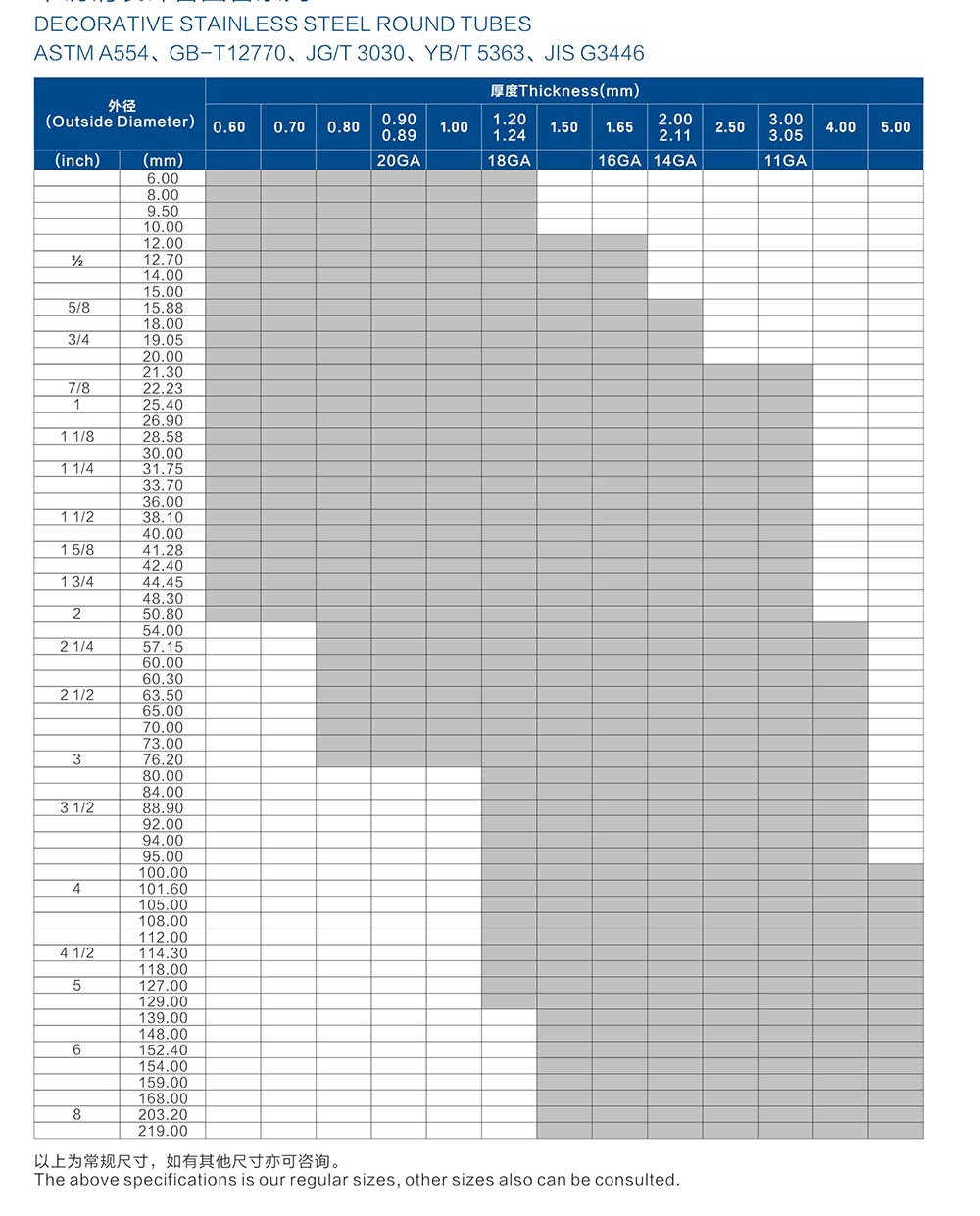
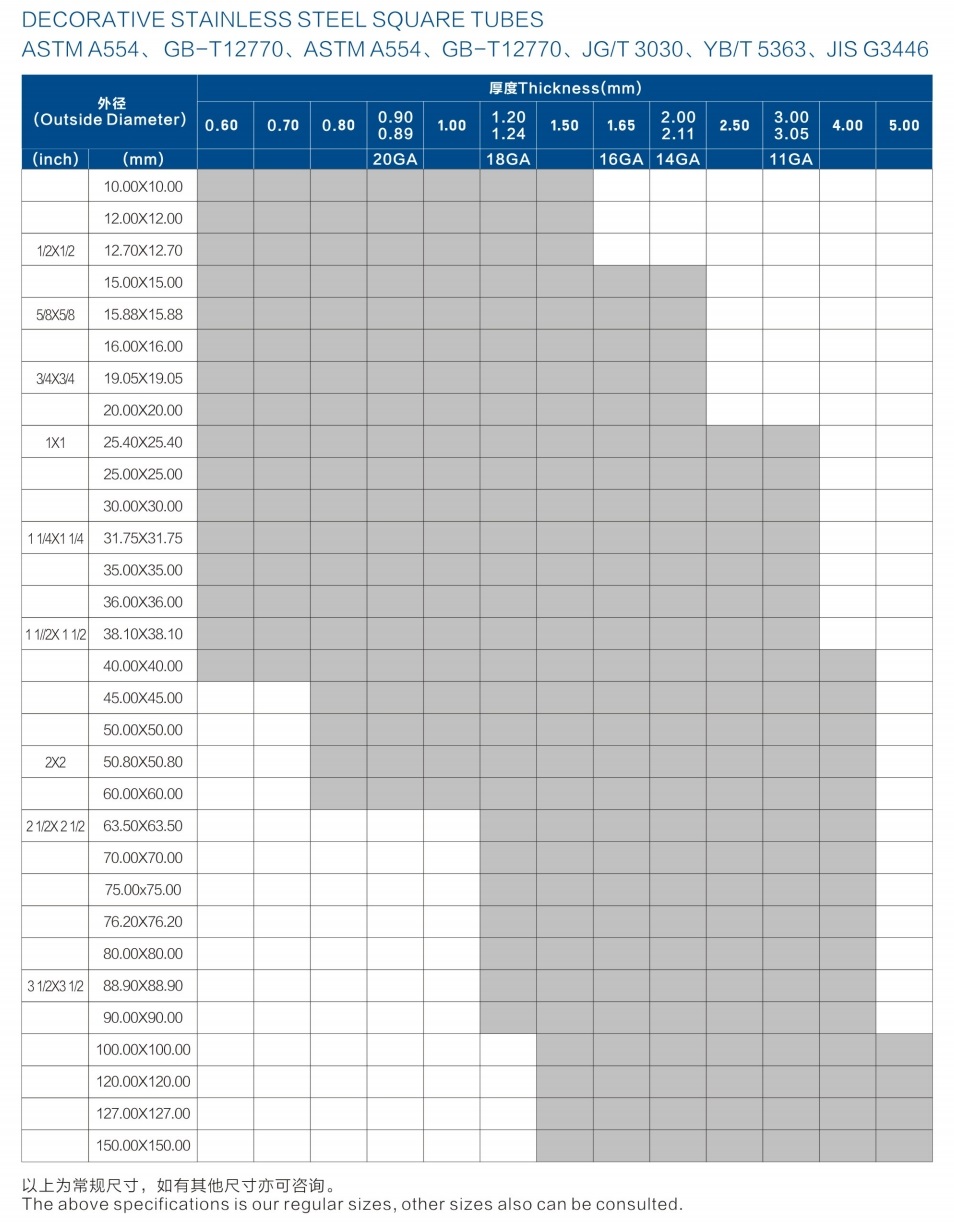
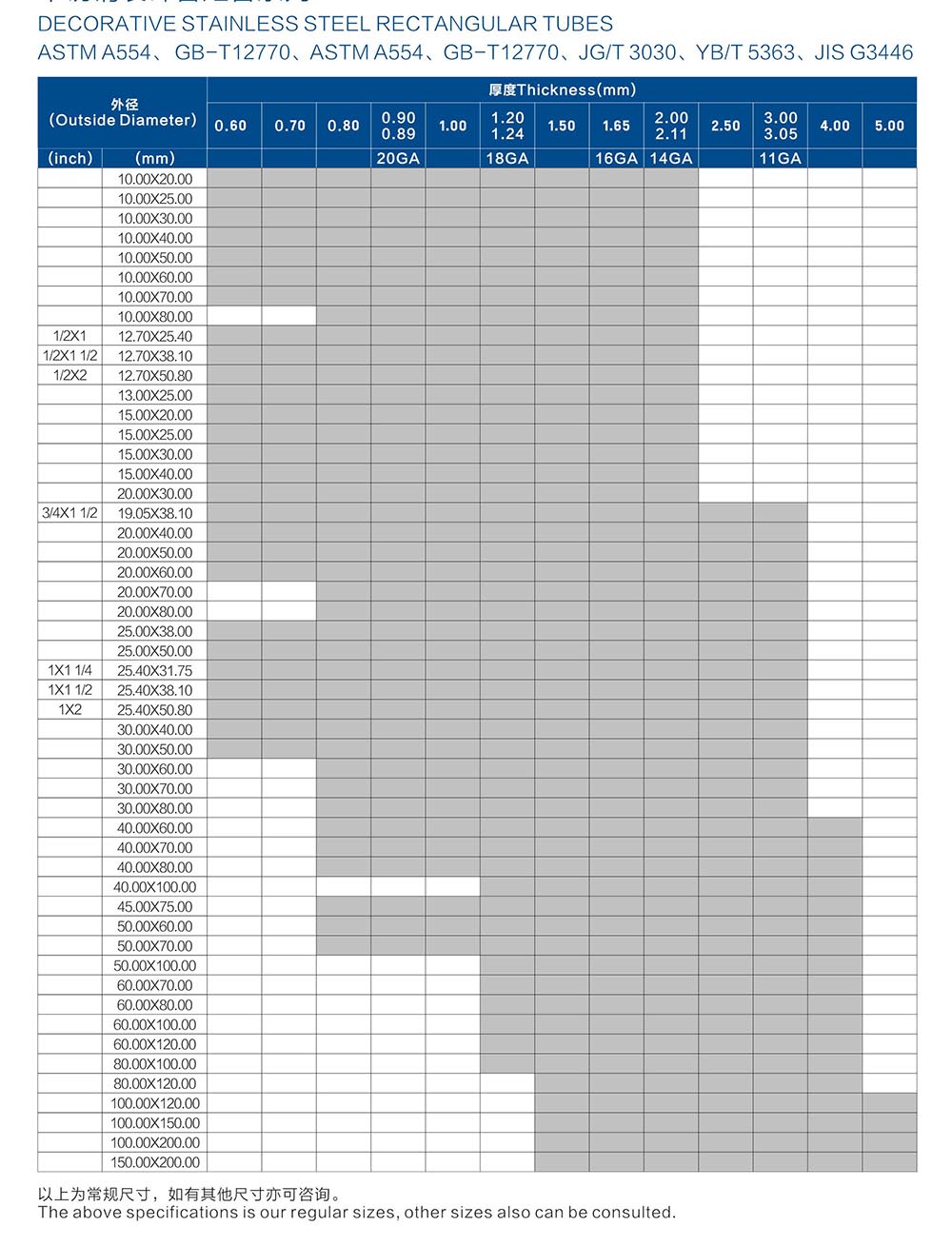
Utilizing a precise manufacturing process, the mill finish on stainless steel welded pipes guarantees a clean, smooth surface free from imperfections. This surface option is crucial in guaranteeing the overall quality and performance of the stainless steel pipes.
Here are some key points to take into account:
Enhanced Corrosion Resistance: The mill finish contributes to the pipes' ability to resist corrosion effectively.
Wide Application Versatility: The clean and smooth surface provided by the mill finish makes these pipes suitable for various applications.
Optimized Welding Techniques: The surface quality of the mill finish aids in achieving strong welds, enhancing the pipes' mechanical strength.
Superior Packaging Solutions: The mill finish pipes are packaged meticulously to make sure they reach customers in excellent condition.
You may also like:
With varying degrees of grit, the Satin Finish on stainless steel welded pipes provides a versatile surface option suitable for different applications. This finish is achieved through polishing techniques with 180, 240, or 320 grit, offering a balance between a matte appearance and a level of reflectivity.
The Satin Finish enhances the aesthetic appeal of the pipes while maintaining a professional look. Welding processes play an essential role in preserving joint integrity when working with stainless steel welded pipes with Satin Finish.
Material customization allows for various alloy options to be used, ensuring that the desired properties are met. Quality control and inspection methods are employed to guarantee the consistency and durability of the Satin Finish, making it suitable for a diverse range of applications across different industries.
Discover More:
Comparisons of hairline finish, brushed finish and satin finish stainless steel tube
Demonstrating a flawless surface refinement, the Mirror Finish on stainless steel welded pipes, achieved through 600 grit and 800 grit polishing, guarantees both aesthetics and functionality.
This finish is highly versatile, finding applications in various sectors such as automotive and household appliances. The Mirror Finish offers a reflective surface that adds an attractive touch to architectural designs and decorative elements.
In construction, the Mirror Finish provides a sleek appearance, making it a popular choice for furniture applications. The polishing methods used to achieve this surface option guarantee a high-quality finish suitable for a range of uses.
Discover More:
Comprehensive Guide to Stainless Steel Tube Surface Finishes
With their ability to be easily formed into different shapes and sizes, 201 stainless steel welded pipes offer a cost-effective solution for a wide range of industrial and domestic purposes.
Utilized extensively in construction applications, the 201 stainless steel welded pipe plays a vital role in various structural and functional components due to its excellent properties and cost-effective nature.
Versatile Usage: The pipe is used for constructing frame structures, handrails, and support beams.
Enhanced Durability: Its high tensile strength guarantees long-lasting performance in demanding environments.
Corrosion Resistance: The stainless steel composition prevents rust and corrosion, increasing longevity.
Easy Welding: Welding techniques such as TIG or MIG can be employed for seamless integration into construction projects.
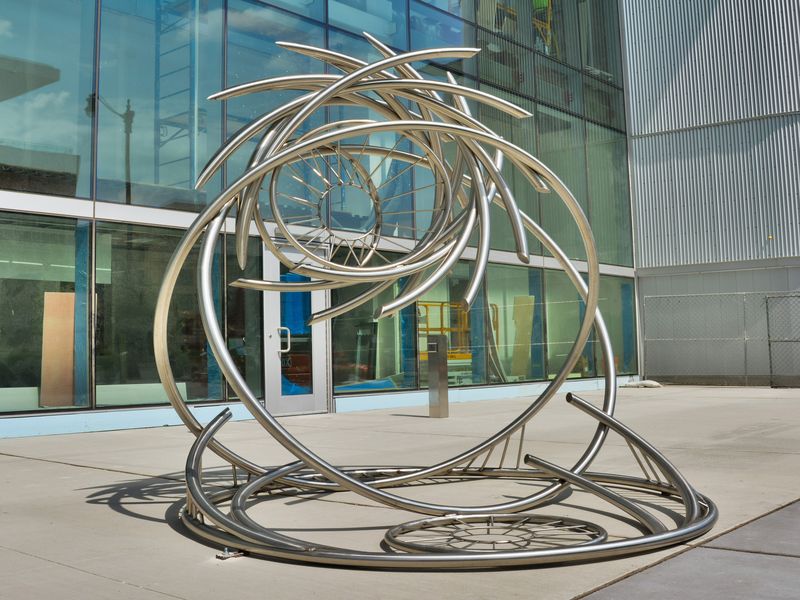
In the automotive industry, the 201 stainless steel welded pipe plays a crucial role due to its exceptional durability and corrosion-resistant properties.
Automotive applications benefit from the high tensile strength and toughness of 201 stainless steel, making it suitable for various structural components such as transit car frames, truck trailer posts, and door frames.
The manufacturing process involves forming the stainless steel into specific shapes and sizes, ensuring it meets industry standards for quality and performance. 201 stainless steel welded pipes can feature surface finishes like reflective or colored options, enhancing their aesthetic appeal while maintaining functionality.
These pipes provide reliable performance in automotive environments, offering a cost-effective alternative with good mechanical properties and corrosion resistance.
When considering household appliances, the application of 201 stainless steel welded pipe is crucial due to its durability and resistance to corrosion, making it a dependable choice for various components in this sector.
201 stainless steel welded pipes provide quality assurance in household applications, offering robustness and longevity in manufacturing processes, diverse surface finishes, and versatile indus
The application of 201 stainless steel welded pipes extends to the furniture industry, where their durability and corrosion resistance make them a reliable choice for various components. In furniture design, material selection is important to guarantee longevity, and 201 stainless steel provides a cost-effective solution.
Finishing techniques such as polishing or coating can enhance the aesthetic appeal of the furniture pieces. Assembly methods play a significant role in the structural integrity of furniture, with welded pipes offering strong joins.
Ergonomic considerations are essential for ensuring comfort and usability, and the versatility of 201 stainless steel allows for customization to meet ergonomic needs in furniture design. This material's properties make it a suitable option for creating durable and visually appealing furniture pieces.
For light food processing equipment applications, the 201 stainless steel welded pipe demonstrates its reliability and cost-effectiveness due to its durability and corrosion-resistant properties. When considering the use of 201 stainless steel welded pipes for this application.

To sum up, 201 stainless steel welded pipe provides a cost-effective and corrosion-resistant solution for various applications. Its composition and mechanical properties offer high tensile strength and design versatility.
The bright and reflective exterior, along with different surface finishes, make it a popular choice for industrial and residential use.
Overall, 201 stainless steel welded pipe presents a practical and durable option for a wide range of projects.


